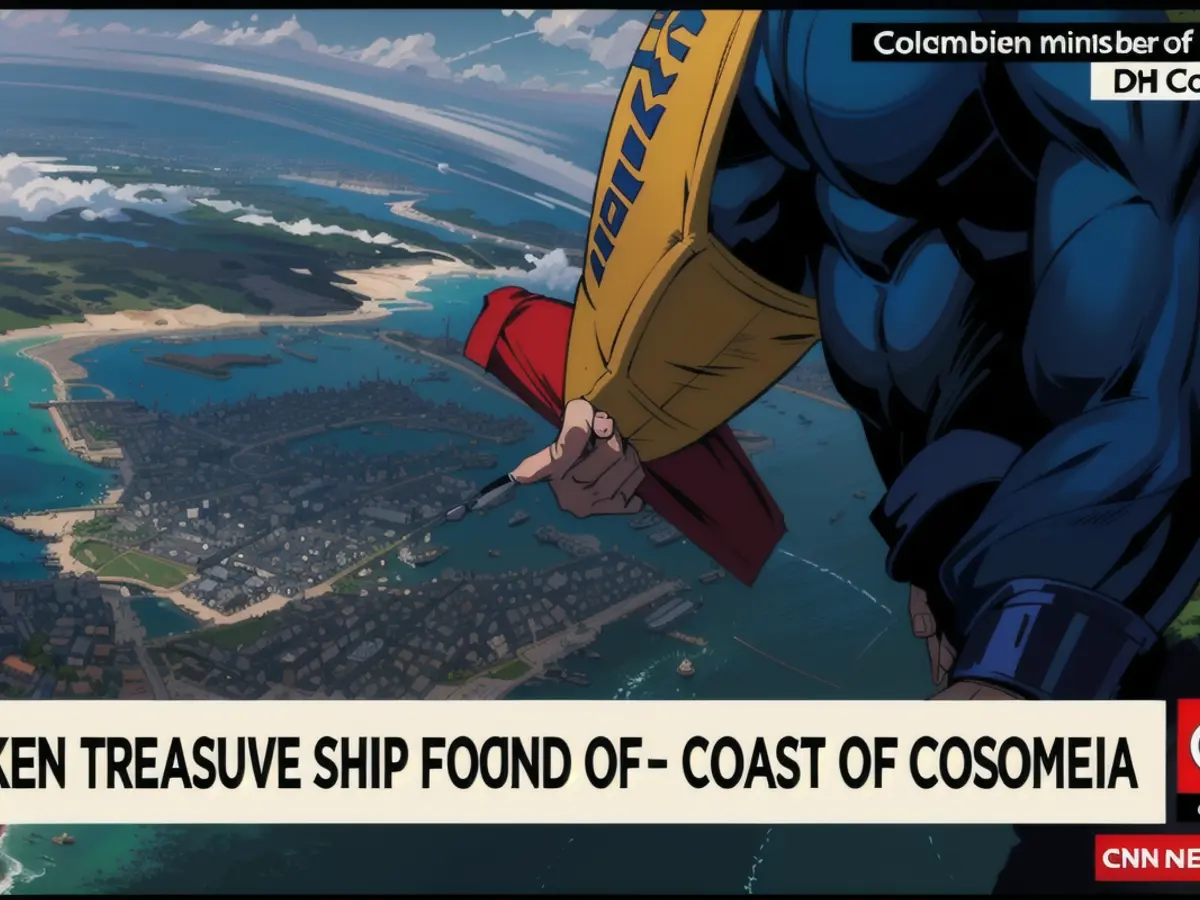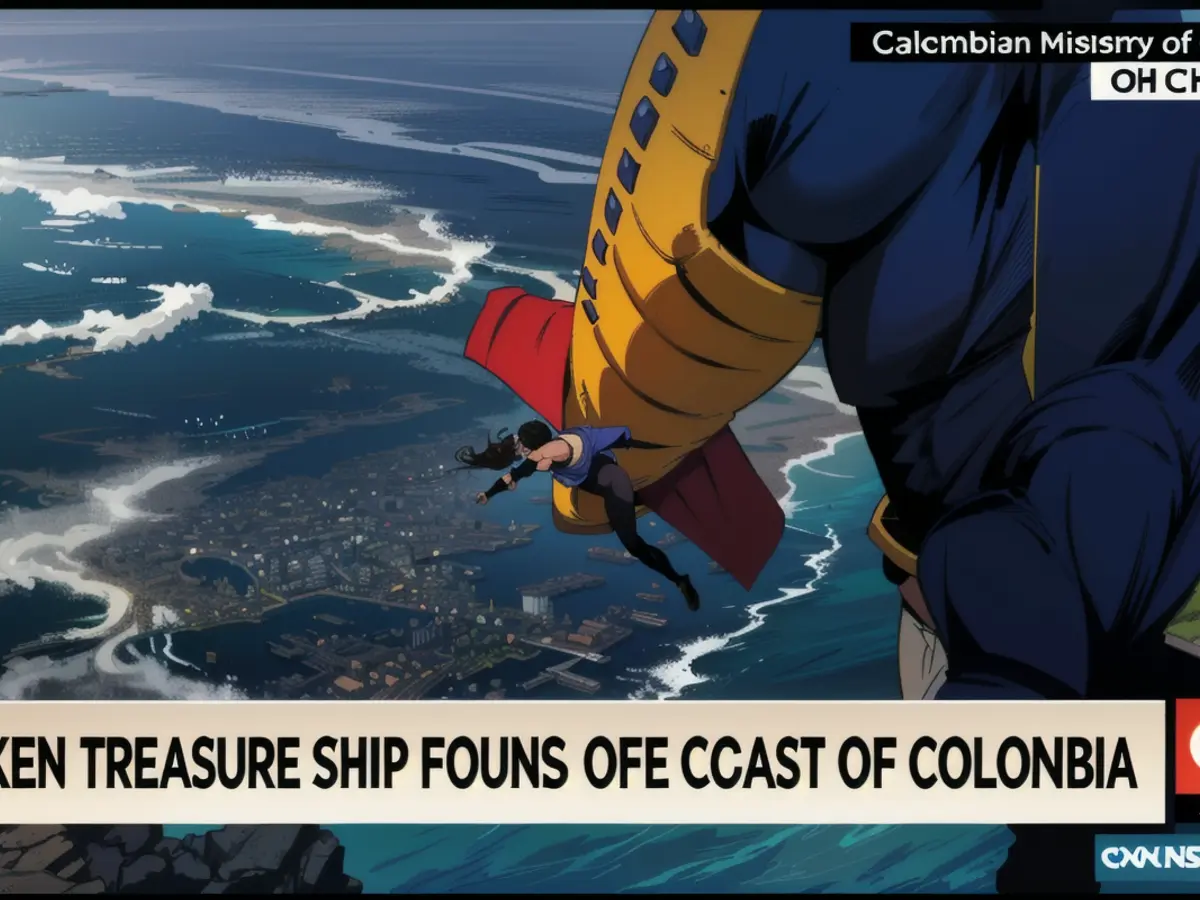Colombia sets out on a journey to discover a 300-year-old Spanish ship sunk with valuable goods.
In 2015, the Colombian government found a ship known as the San José while scouring the waters near the city of Cartagena. They have since dubbed it the "holy grail of shipwrecks" due to its potential treasures. This 62-gun, three-masted vessel was part of the Spanish fleet, making it both the flagship and biggest galleon at the time. It was assumed that the San José was carrying gold, silver, emeralds, and other high-value items from the Potosi mines in Peru. According to historical accounts, it was believed to be traveling from Panama to Colombia when it sank during the War of the Spanish Succession on June 8, 1708, as a result of a battle with British ships.
During the initial phase of the research, the Colombian Institute of Anthropology and History (ICANH) expects to obtain images of the ship using "non-intrusive" remote sensors. After analyzing these photos, they believe they might enable subsequent inquiries, such as the recovery of artifacts from the seafloor. The retrieved items will then be used to list the archaeological finds discovered at the location.
ICANH has officially designated the area around the wreckage as a "protected archaeological region," intending to safeguard the site's historical and scientific value. Researchers have reportedly proposed utilizing an underwater vehicle equipped with acoustic positioning technology as well as a remote operation machine boasting various instruments and devices to reach the site's depth.
While the discovery has sparked significant interest within Colombia due to the cultural and historical significance of the shipwreck, it has also ignited a multibillion-dollar legal battle. Colombia is adamant that they discovered the San José with the assistance of international scientists in 2015. However, a US-based salvaging company called Sea Search-Armada (SSA) has denied these claims, asserting that they identified the shipwreck in the early 1980s.
SSA has taken the Colombian government to the Permanent Court of Arbitration, stating that they are owed approximately $10 billion – roughly half the estimated worth of the San José's treasures. In contrast, Colombia defends its stance on the matter.
Reports from SSA imply that the loss of the San José and its content had considerable economic consequences for merchants throughout Europe and the New World in the early 18th century.
Lauren Landrum, a CNN reporter, assisted in putting together this report.


Read also:
- Fear of escalation in the Middle East: US Secretary of State Blinken travels to the region again
- Government circles: US Secretary of State Blinken to travel to Middle East again
- Bridging days 2024: How you can double your vacation this year
- Germany has wanderlust: how tour operators and airlines are looking ahead to the next travel year
After making the discovery, the Colombian government is planning to organize an exhibition showcasing the artifacts from the San Jose, attracting both local and international travelers. The San Jose treasure, if successfully recovered, could potentially boost Colombia's tourism industry, encouraging more travelers to explore the country's rich history and cultural heritage.
Source: edition.cnn.com








